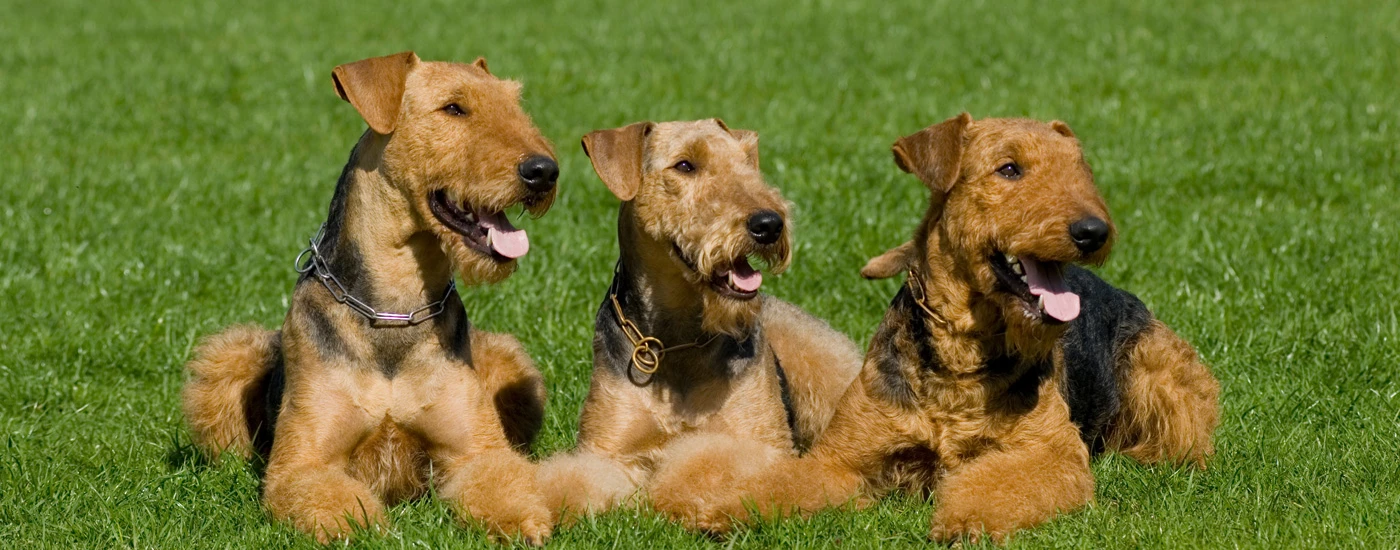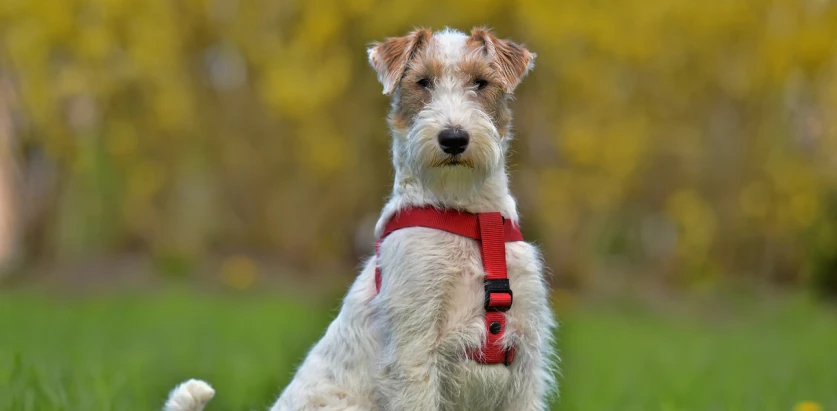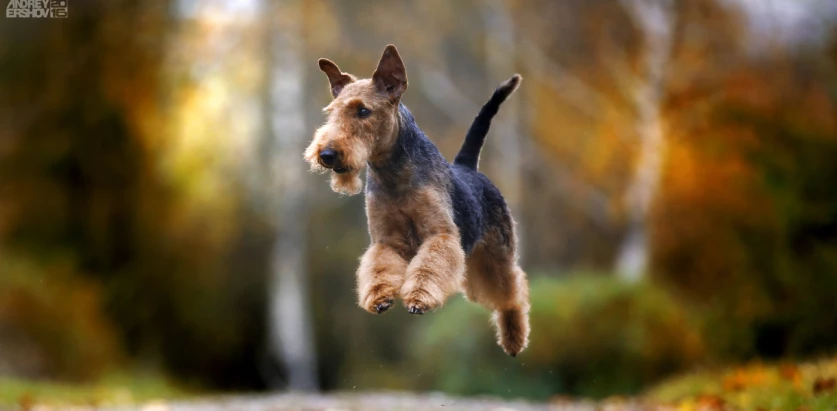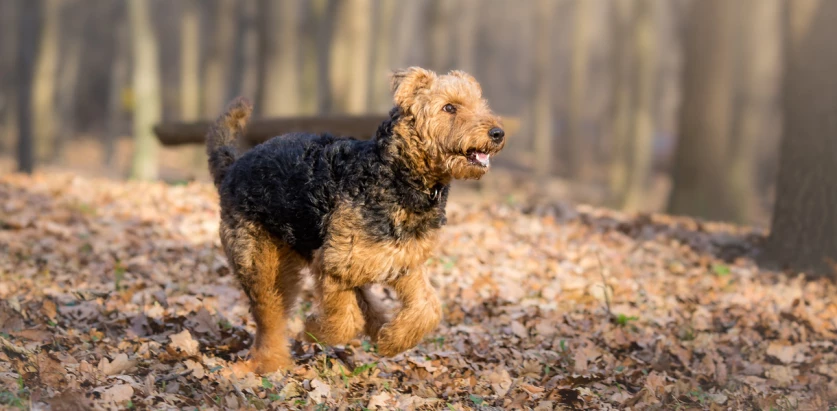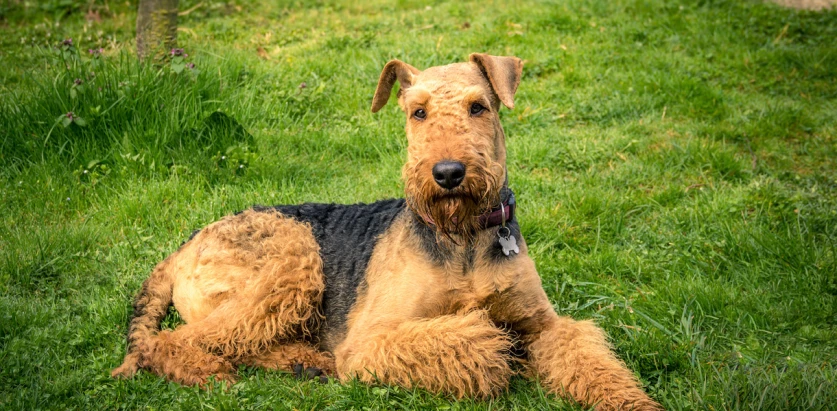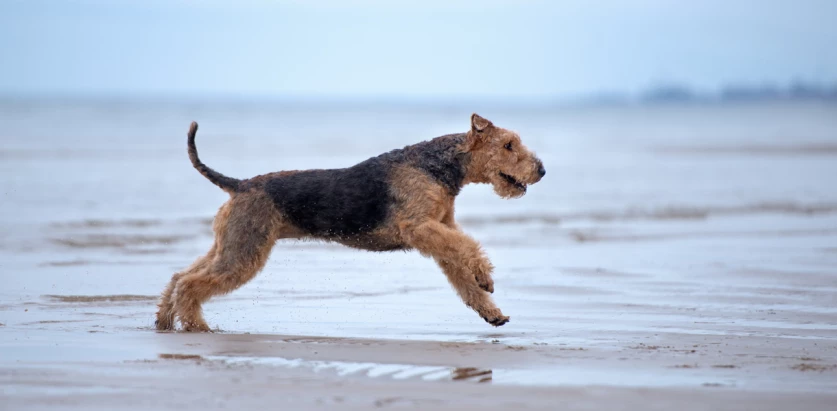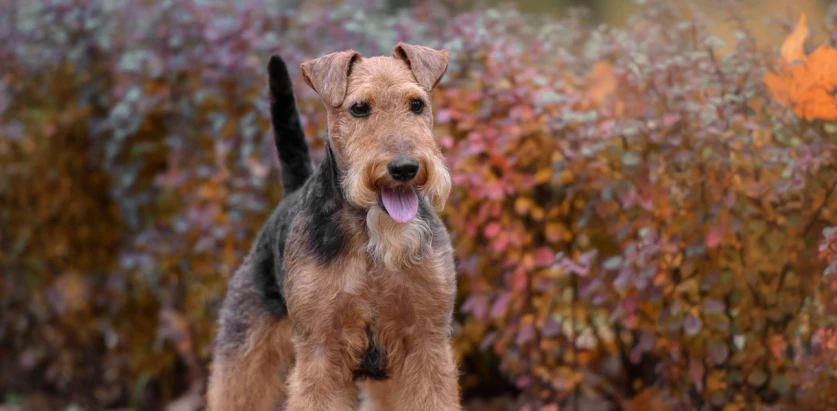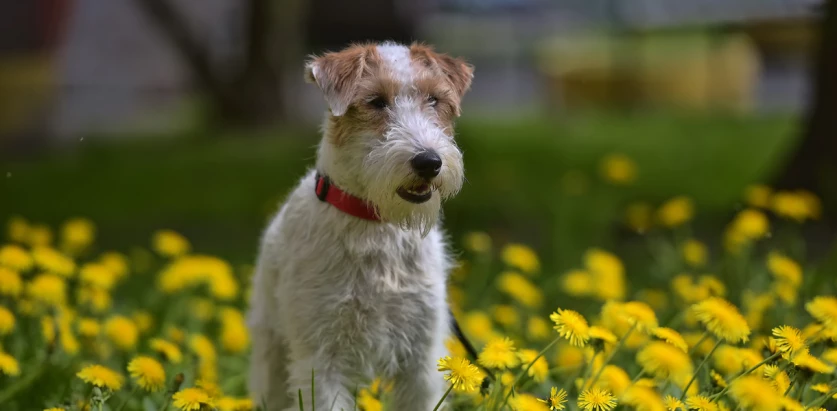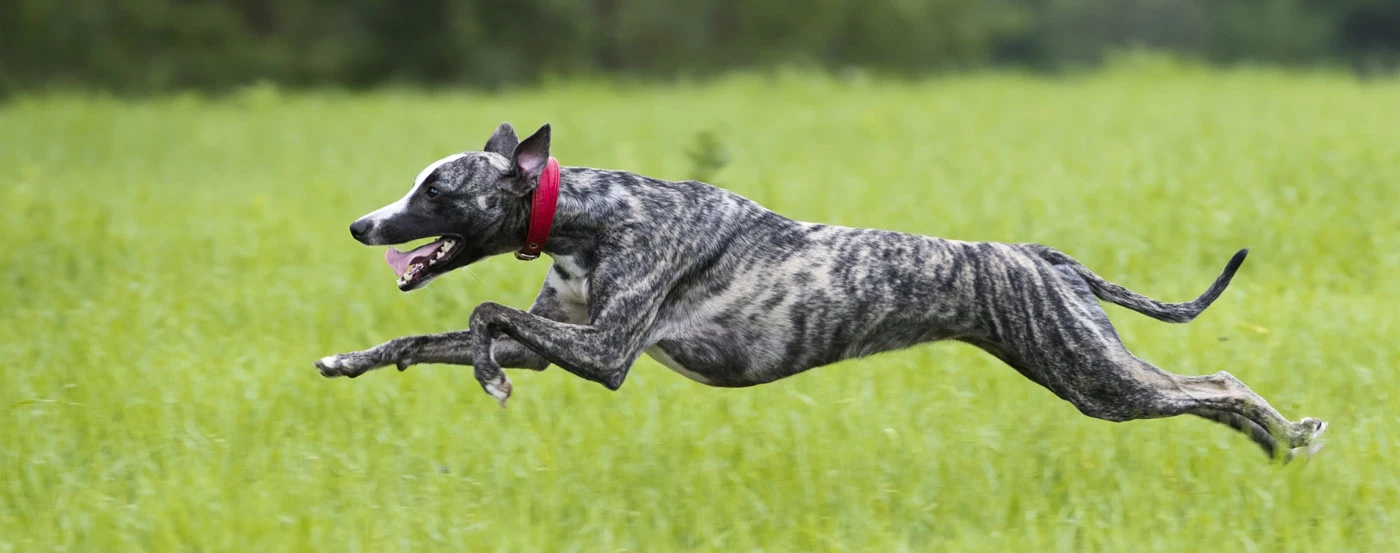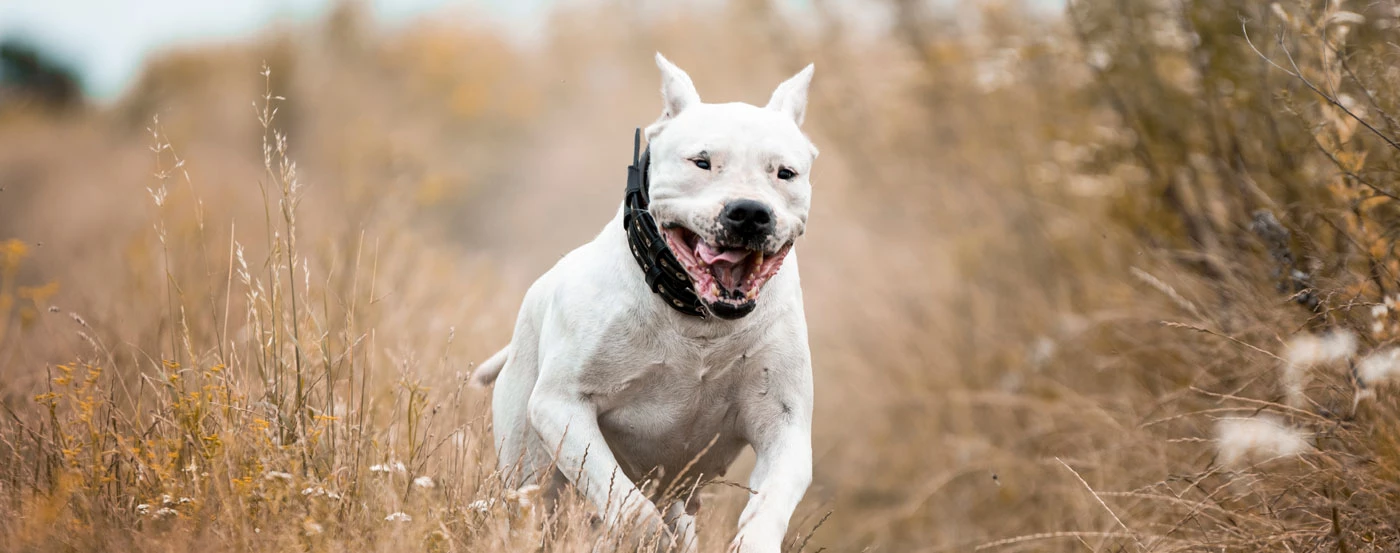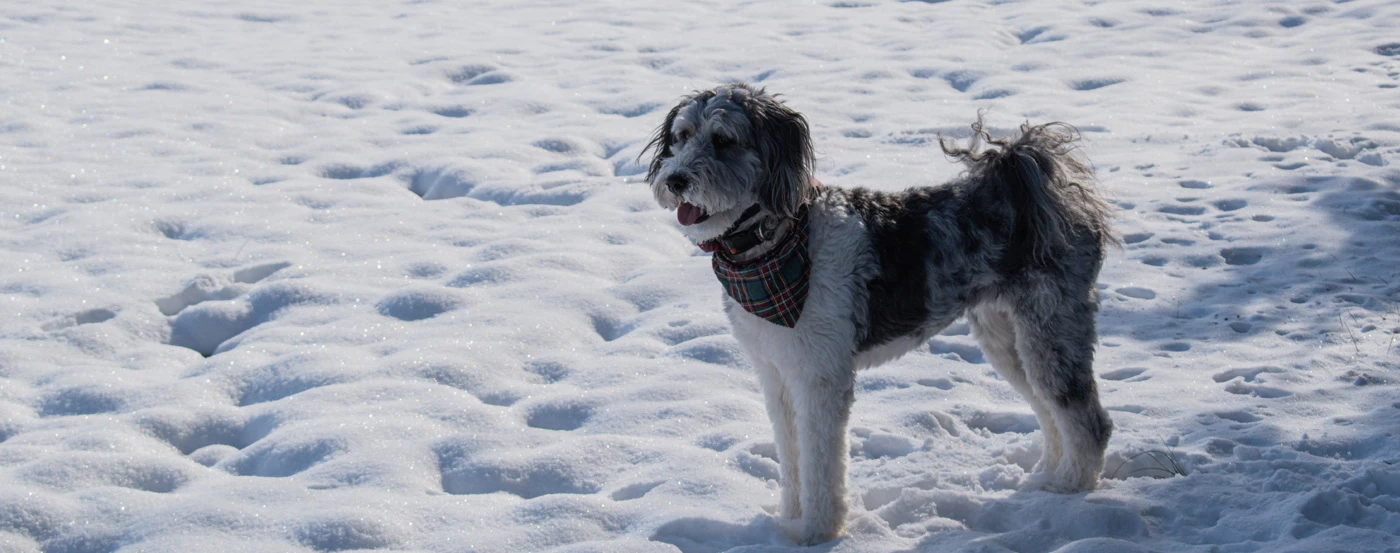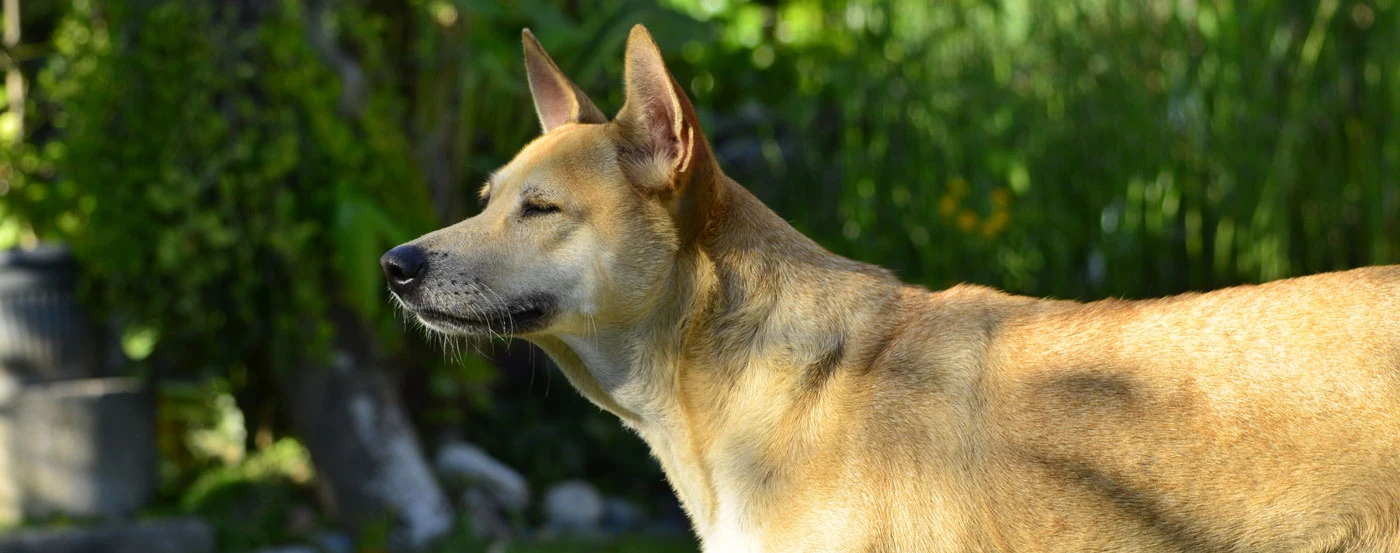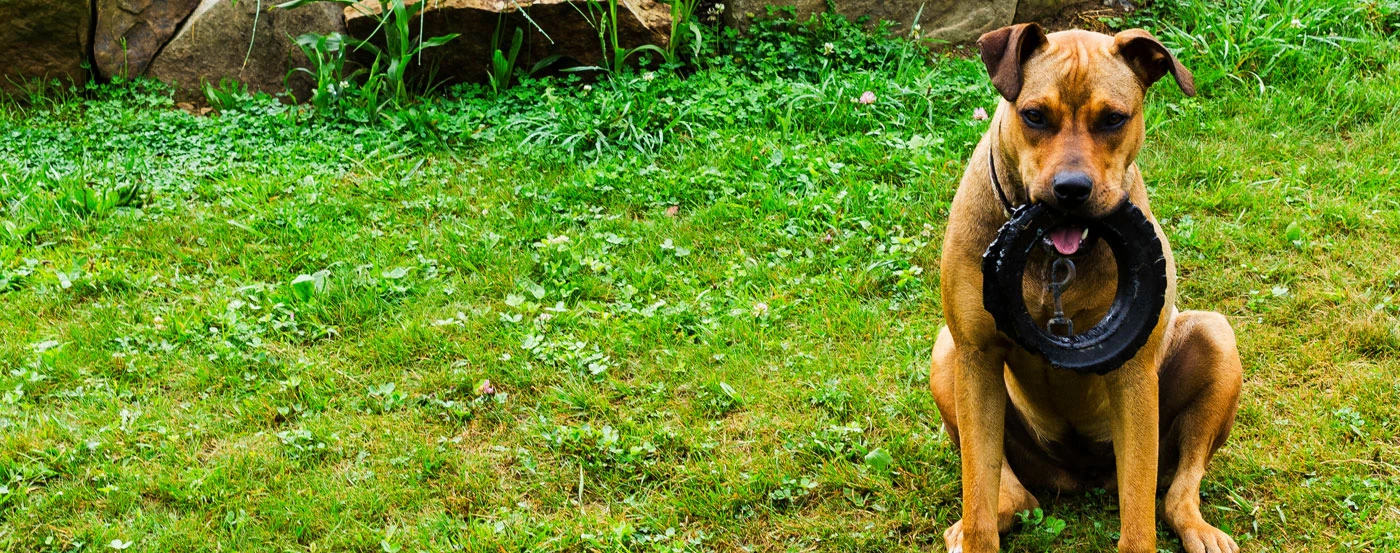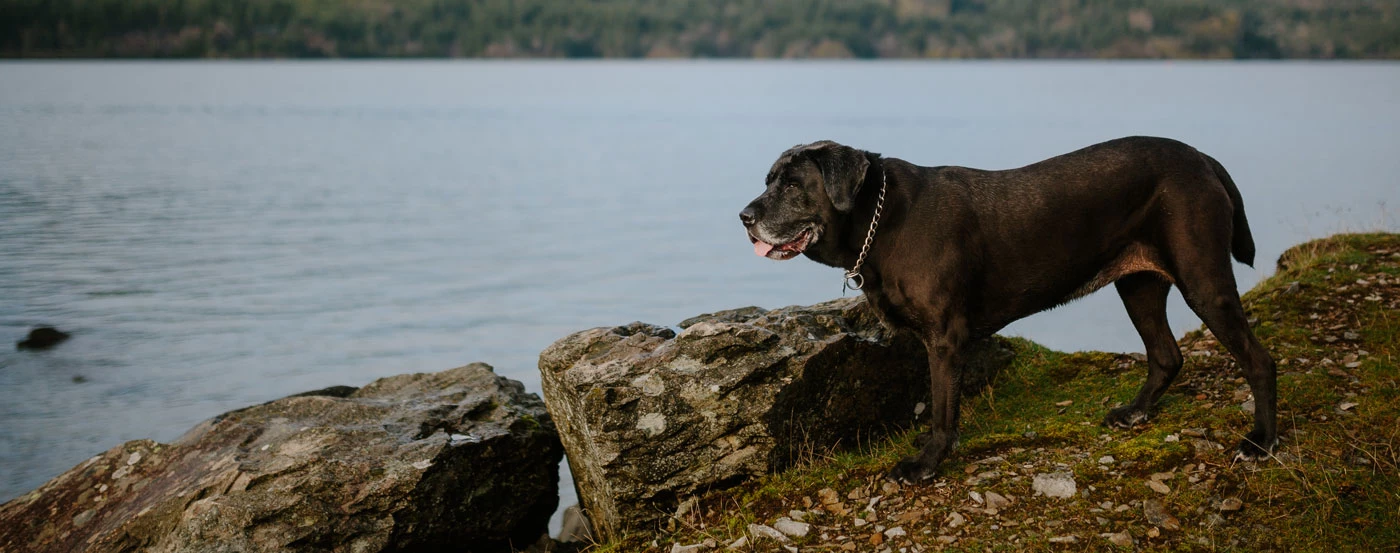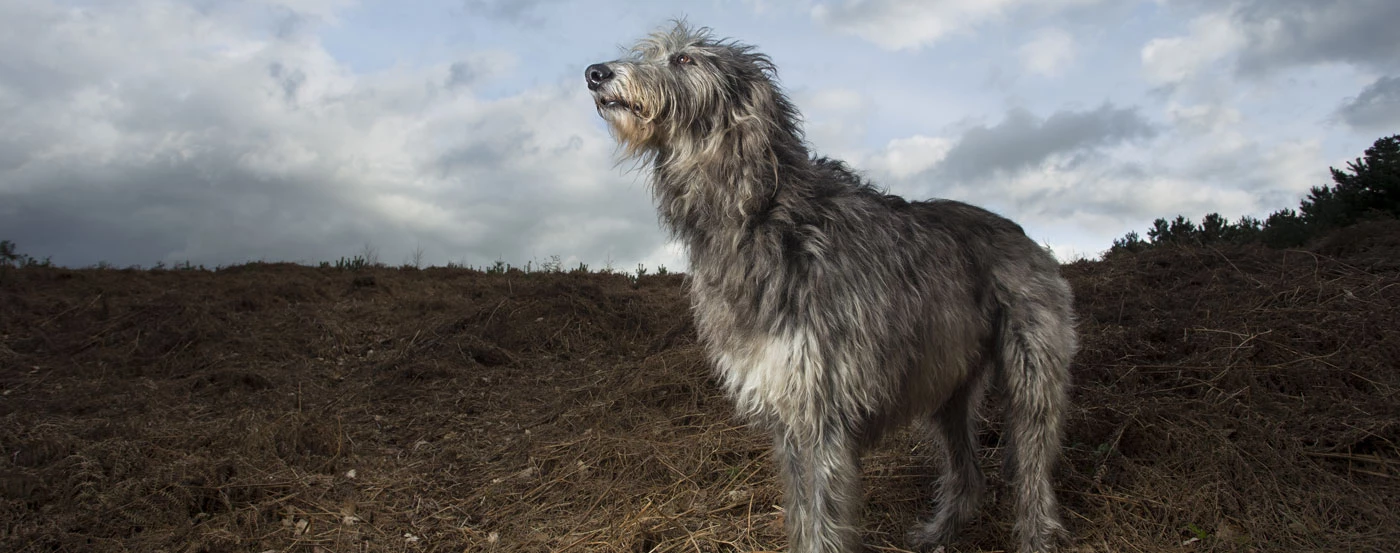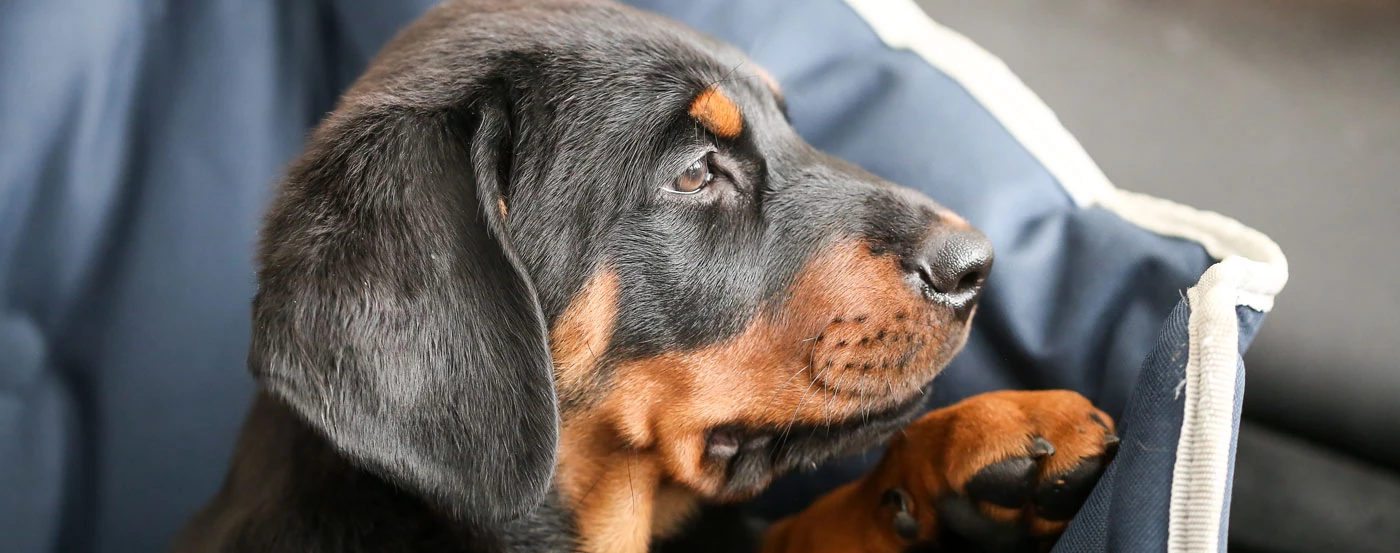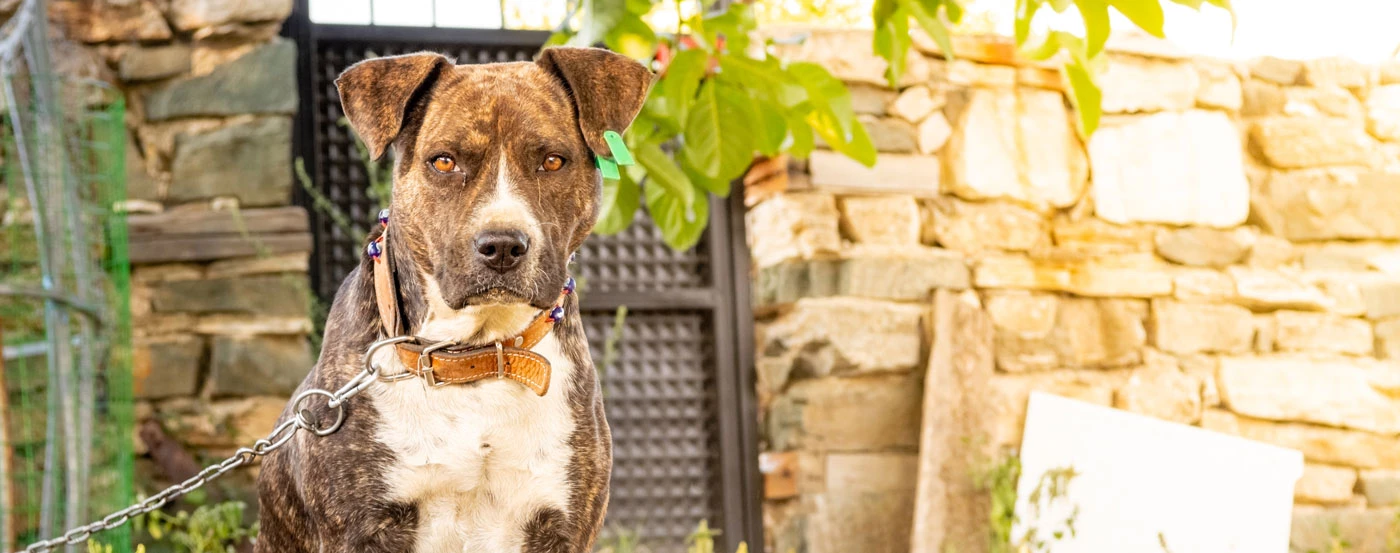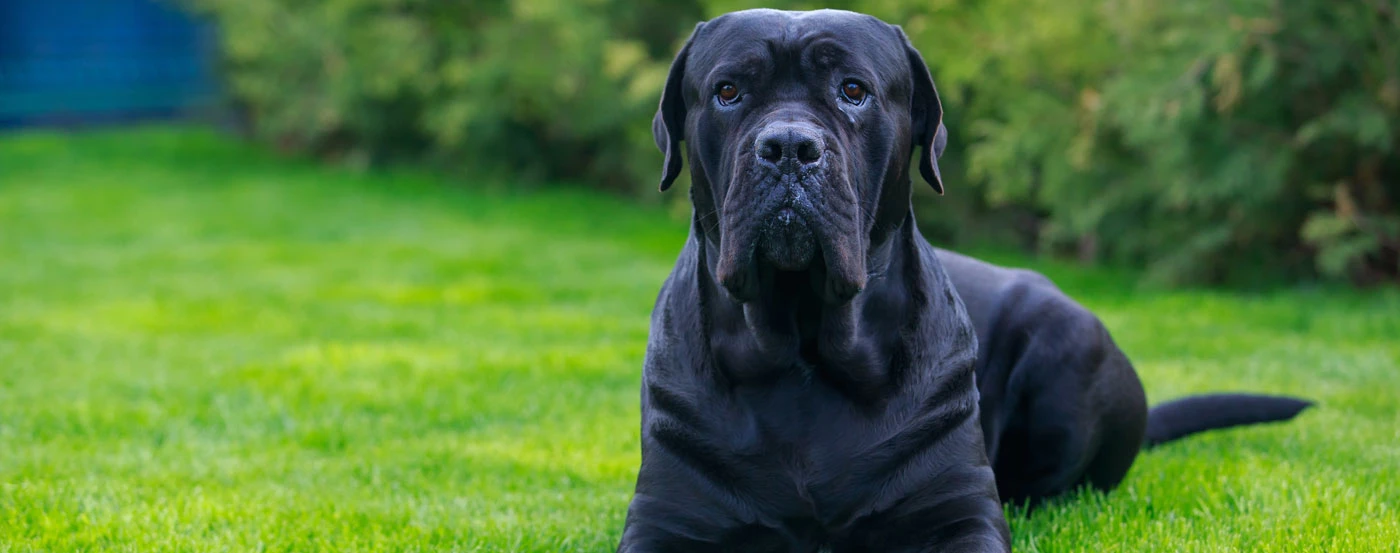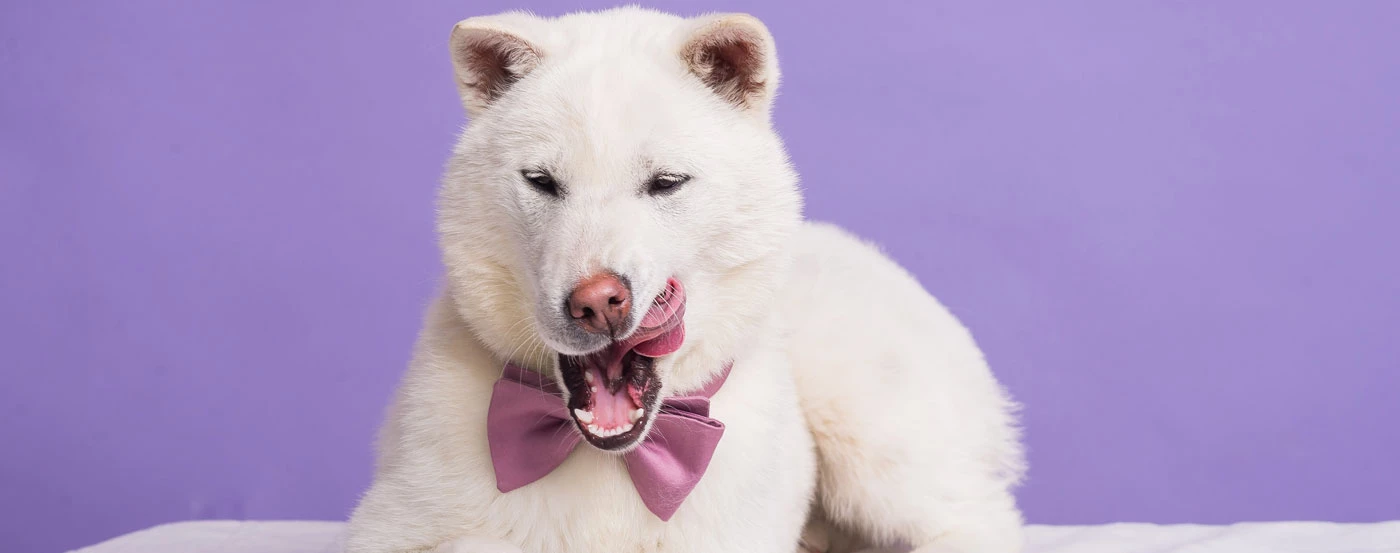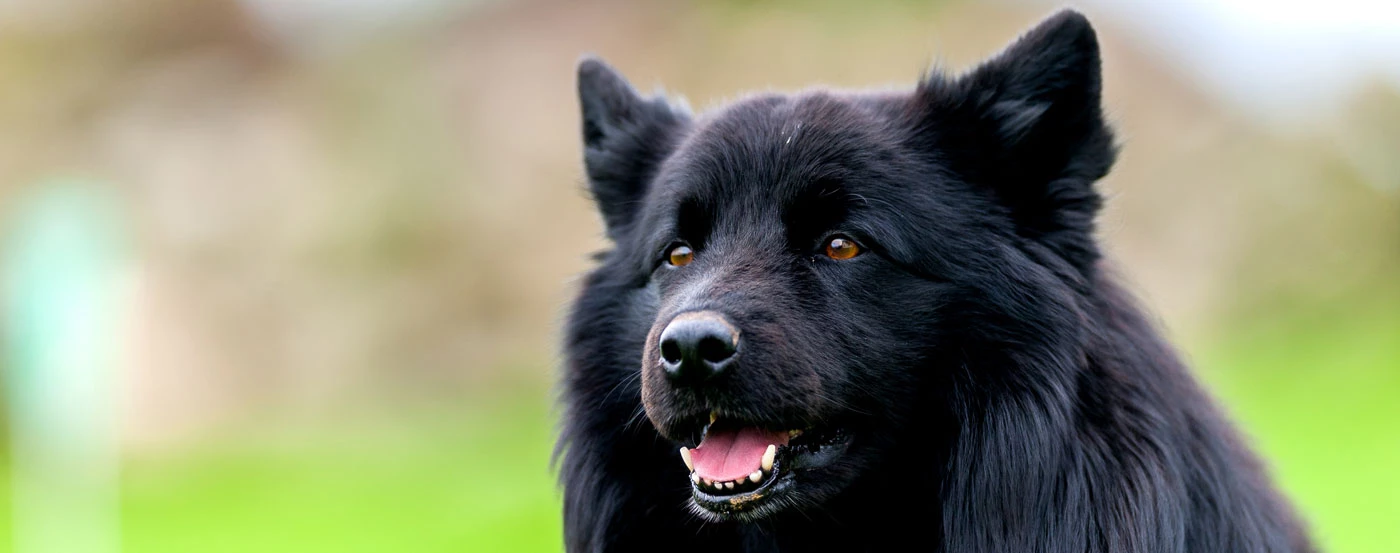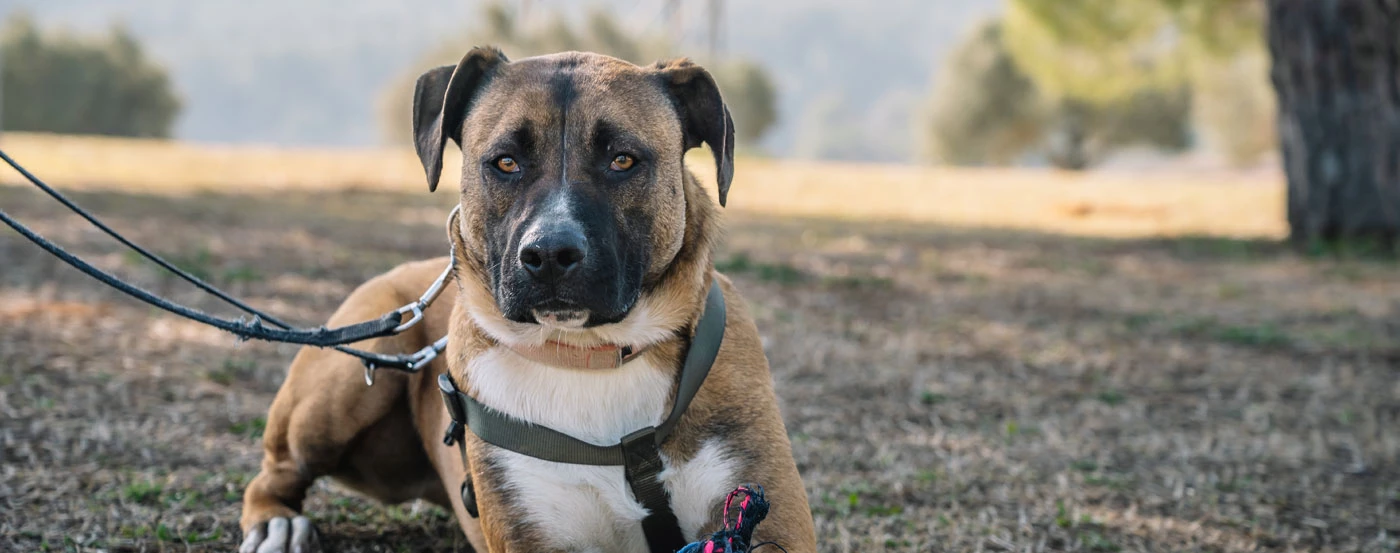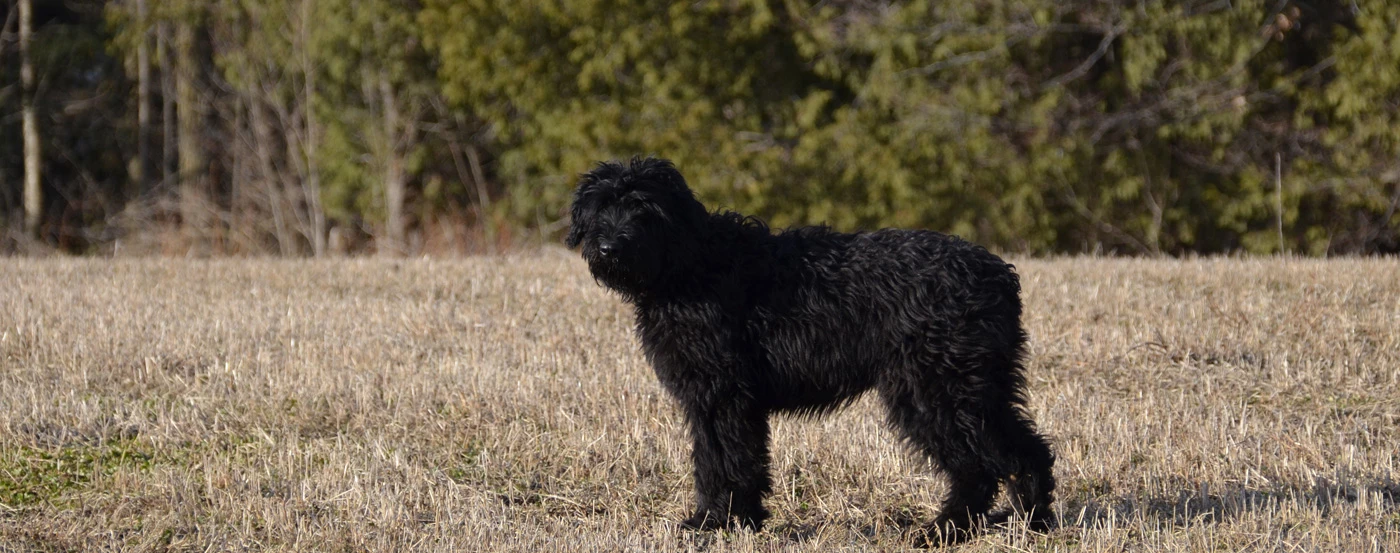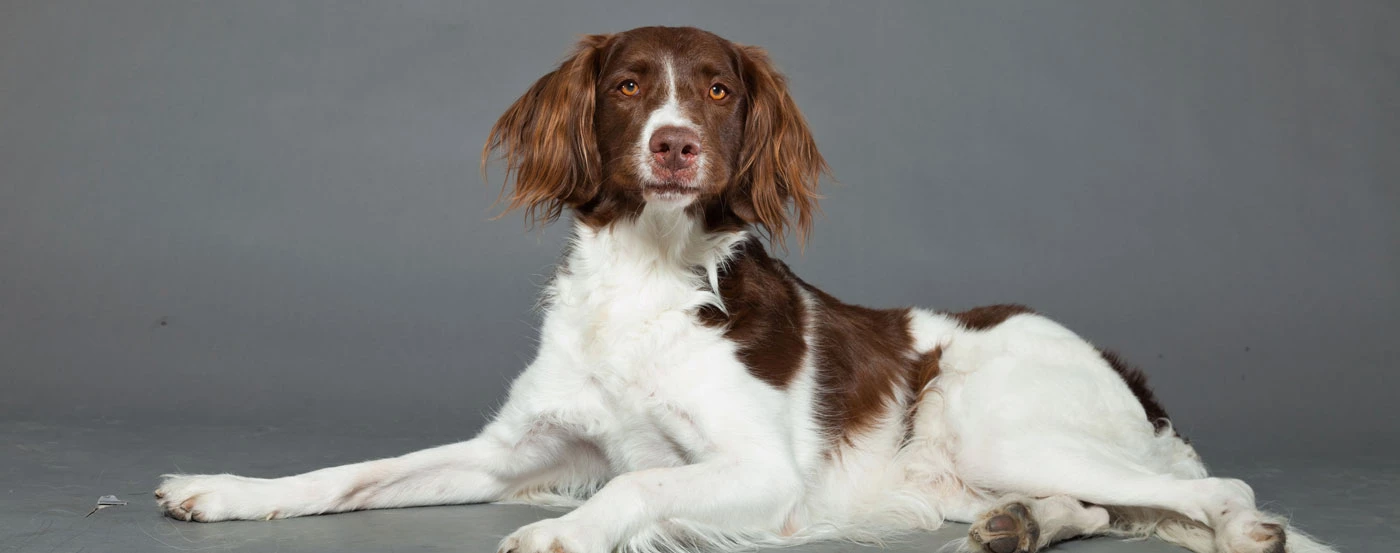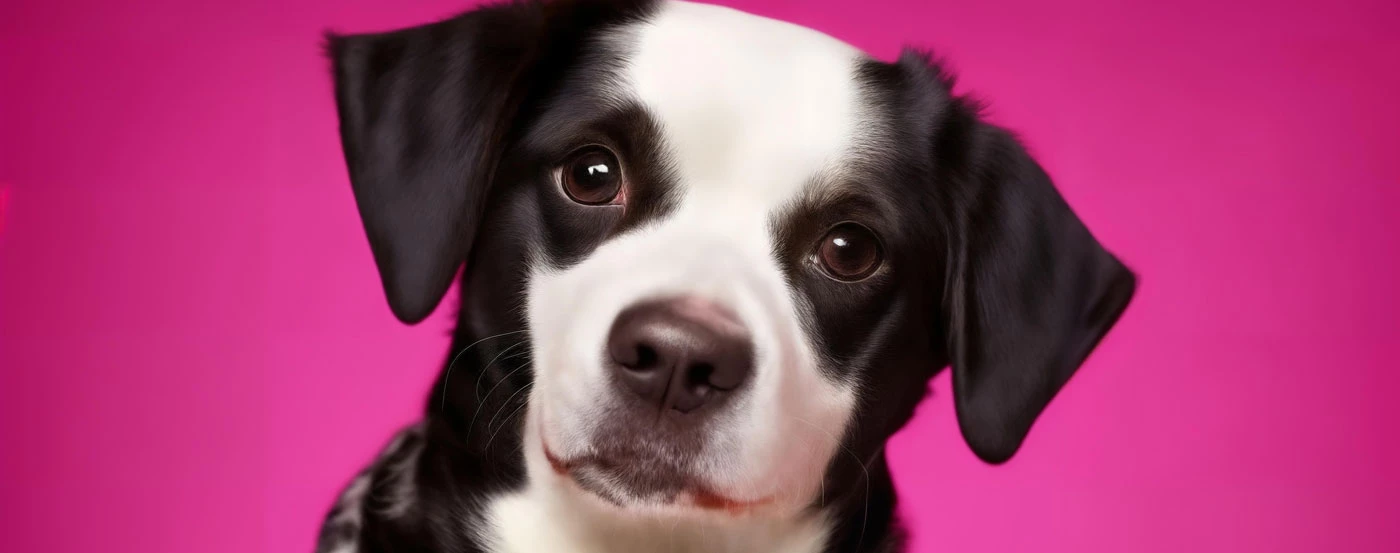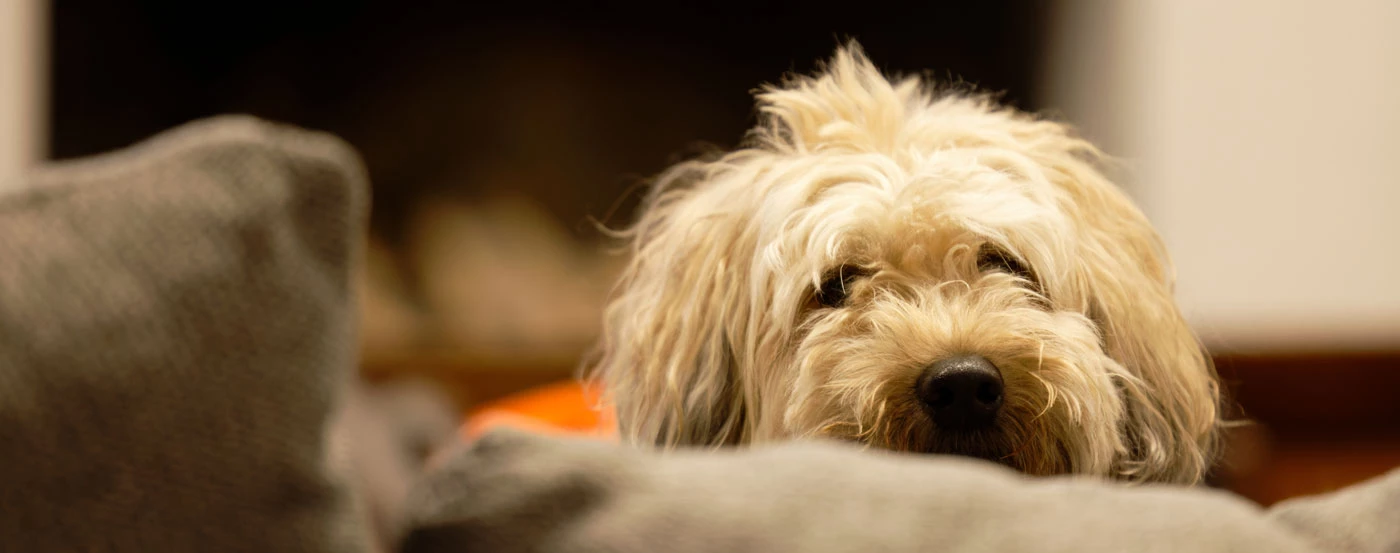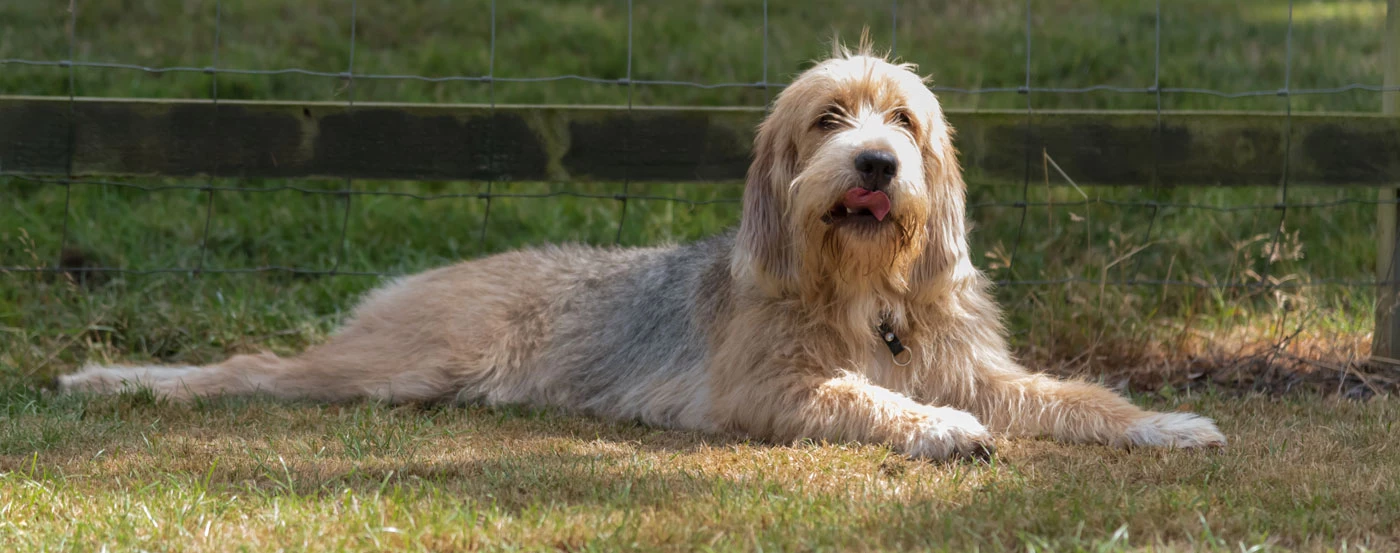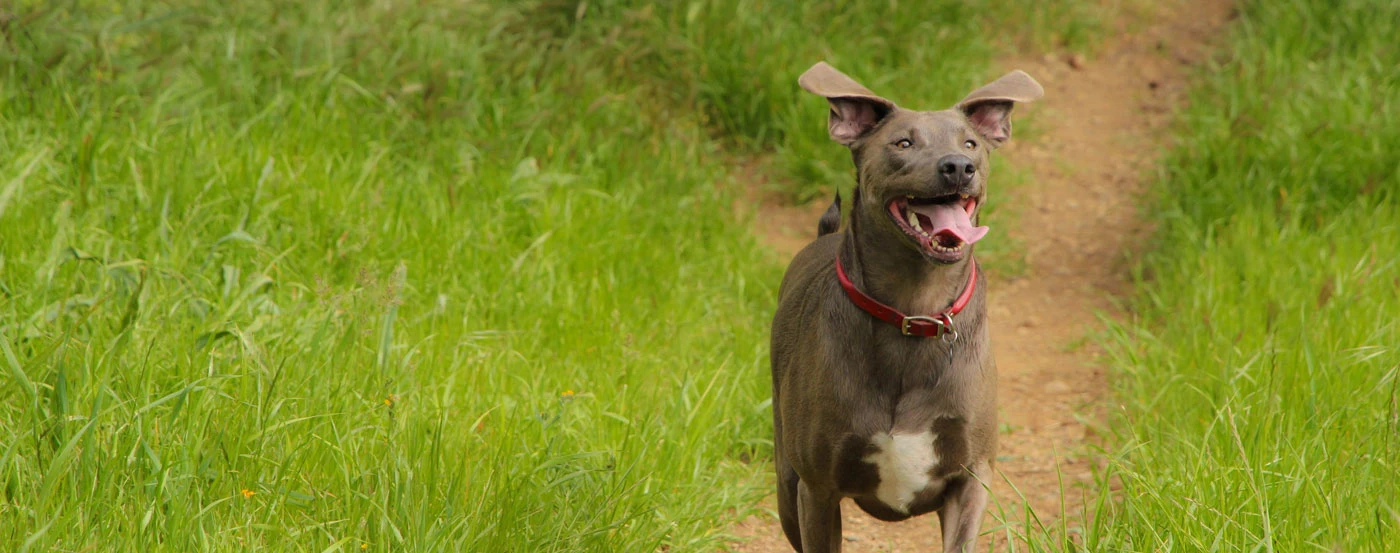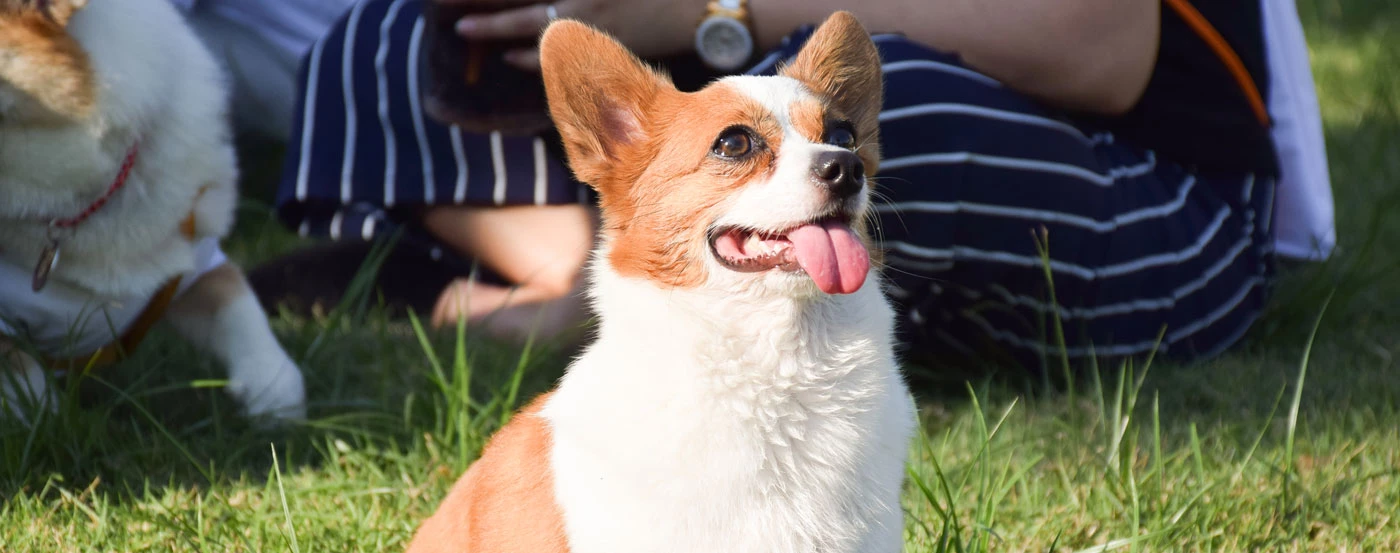About the Airedale Terrier
The "King of Terriers", so dubbed because it is the largest of the terrier breeds, has had some hallowed company. Both John Wayne and Geri Halliwell adopted Airedales. And who can forget the famous Paddy the Wanderer of Wellington, New Zealand?
You also may have seen Kitty the Airdale boarding the Titanic or Kipper rescuing puppies in the 101 Dalmatians. Still, they truly shine in The Ballad of Hector the Stowaway Dog.
Airedale Terrier Gallery
What is the history & origin of the Airedale Terrier?
In his introduction to The Complete Story Of The Airedale Terrier, Arthur Bothwell Proctor refers to Bingley in the Aire Valley of Yorkshire as "the cradle of the breed".
The author of The Complete Story, Ferguson Marshall Jowett, was an expert terrier breeder and judge born in Airedale. He observed his father breeding English wire-haired black and tan terriers with Otter Hounds to develop the majestic Airedale terrier of today.
Jowett and Proctor further state that Champion Cholmondeley Briar is the patriarch of the Bingley or Waterside terriers, as this breed is also called. The first published illustration of this lively breed dates back to 1879.
The Kennel Club of England first recognised this terrier breed in 1886, and Airedale terriers made their appearance in Australia in the 1890s.
Back in 1949, the Airedale Terrier was the 20th most popular breed in America, according to the American Kennel Club. However, their popularity has since decreased as German Shepards began to fill their former roles as working dogs.
This very hardy breed is tenacious. Many Airedale terriers risked their lives during armed conflicts worldwide, first serving as messengers during the World Wars of the 20th century.
Who are Airedale Terrier dogs best for?
These purebred dogs are friendly, energetic, and intelligent. These jacks-of-all-trades will fit into your family very well, especially if you have children.
These little guard dogs are a territorial breed, as they are incredibly loving and protective of their family.
You should maybe consider taking your dog to a puppy daycare centre for early socialisation and extra mental stimulation if you work away from home and cannot stay with your little Bingley terrier, as they tend to be quite needy.
Puppy classes are also a great way to stimulate and train these high-energy dogs.
How much grooming does a Airedale Terrier need?
If you are feeling confident and have plenty of time, you can follow these steps to groom your Airedale Terrier, as the breed has a coat that can be rather difficult to groom.
Spray some dog detangling spray all over your furry friend's outer coat.
Use a pin brush to make sure the detangling spray reaches the undercoat.
Use a softer rubber brush on your dog's paws and more sensitive areas.
Avoid matted hair by brushing and handling your dog regularly and frequently between full grooming sessions. Otherwise, you may need to use clippers to remove the matted fur, especially on the face.
Help your furry friend into the bathtub and soak their fur thoroughly.
Wash your dog with a skin sensitive shampoo and scrub your furball gently all over.
Rinse off all the shampoo and repeat if necessary.
Soak some cotton wool with ear wash specially formulated for dogs and thoroughly clean your pup's ears.
Get your terrier used to washing and grooming from an early age, as this will make life easier for you later on.
It's time to dry your best friend with a large fluffy towel or a grooming dryer if you have one.
Remove the dryer's nozzle when drying your dog's face to avoid any discomfort.
Force drying removes any loose undercoat that remains after brushing and washing.
It is now time to trim your dog's coat with clippers, and you start with the hind legs.
Make your way up your dog's body at its own pace, ending with the face.
Avoid using the clippers on the legs as scissors will give you more control, particularly when trimming the paws and pads.
If this grooming process seems overwhelming, reach out to a knowledgeable and experienced professional groomer to teach you how to go about grooming your Airedale Terrier.
Do Airedale Terrier bark much?
When this active dog has completed obedience training and puppy classes, you can expect a friendly dog that barks for specific reasons. They'll bark to alert you and the rest of the family to danger or threats in the immediate area.
These dogs are not nuisance barkers, as they are one of the more intelligent and observant dog breeds.
Many were trained as underground messengers, guards, or police dogs, and an inability to control their barking urges would not have made for such a successful working breed.
Do Airedale Terrier bite?
These terriers have long worked alongside their humans in times of war and other dangerous situations. They are bred to hunt but also to protect the humans to whom they are so attached.
Puppies, like most other dog breeds, will likely engage in biting and nipping during playtime. You can work with your Airedale Terrier and a canine trainer to discourage excessive and inappropriate biting and chewing, as this could become an issue for them later in their lives.
What is the temperament & personality of a Airedale Terrier?
According to the Australian National Kennel Council, this sporting dog turned companion has a lovely disposition, as they are known to be:
alert
friendly
confident
courageous
fearless
intelligent
Dogs showing these traits were specifically chosen when breeding in order to create the proud breed that exists today.
What is the weight & size of a Airedale Terrier?
Standard male Airedale terriers are between 58 and 61 cm at the shoulders. In contrast, female Airedale terriers are between 56 and 59 cm tall.
Females are generally known to weigh around 18 kg, whereas males can weigh up to 29 kg.
How much training does a Airedale Terrier need?
Airedale Terriers are known to be incredibly intelligent dogs, which means that training will likely not be too much of a hassle for most owners. However, if you are interested in receiving some help along the way, it may be a good idea to take your dog to some obedience classes.
The earlier, the better so that you and your puppy develop proper handling habits and healthy social behaviour.
Stimulating toys that increase in complexity is ideal for this family dog. If your Tan Terrier is left to their own devices for too long without vigorous exercise, it may misbehave and engage in destructive behaviour.
What are some of the most common health issues for a Airedale Terrier?
Airedale Terriers are generally healthy dogs, but like many other breeds, they tend to be predisposed to certain health conditions, such as:
Hip Dysplasia
Allergies
Hypothyroidism
Progressive Retinal Atrophy
Umbilical Hernia
Von Willebrand's Disease
Hemorrhagic Gastroenteritis
Cancer
What is the lifespan of a Airedale Terrier?
Most healthy, well-cared-for Airedale Terriers have a lifespan of about 12 years.
How much should you feed a Airedale Terrier?
This medium-sized dog should be fed around 1.5 to 2.5 cups of dry dog food per day. This should also be split into two meals to discourage your dog from overeating.
Speak to a trusted veterinarian and a canine nutritionist to establish a meal plan that meets your dog's specific needs.
What is the price of a Airedale Terrier in Australia?
If you decide to adopt your Airedale Terrier from a rescue, you can expect to spend between $50 and $500.
If you decide to purchase an Airedale Terrier puppy from a breeder, you should make sure that they are registered with a national breed club. This will normally cost you between $800 and $2,000.
Pros
- Very intelligent
- Great watchdog abilities
- Easy to train
Cons
- Prone to obesity
- Vigorous exercise needs
- High grooming requirements
